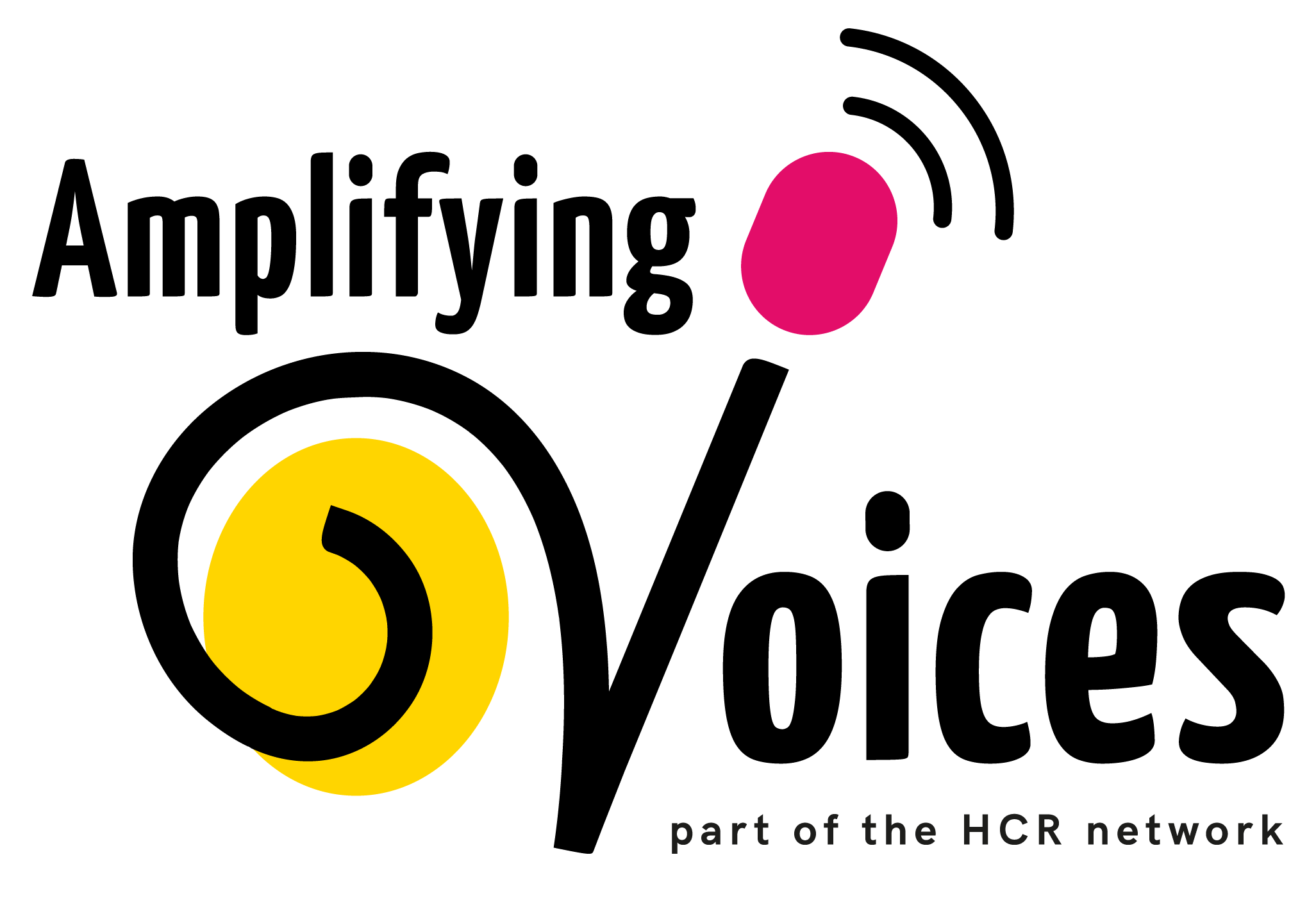
It’s a Ting Thing
A number of years ago the word ting made its way into my vocabulary. Google it and you’ll find it is a wireless service provider for cell phone services, a carbonated grapefruit drink, a way of saying ‘thing’ and–well you take a look.
But the Chinese character for ‘ting’ grabbed my attention when I learned the separate characters for eyes, ears, attention, king and open heart–when combined–form the verb to listen or obey.
In my workshops around the world I show the ting character and ask participants what they think it means. In only one workshop, in Moscow, did anyone get it right. Not only did this Russian man know the word ting but he also identified the different sub-characters that form the verb. “How on earth do you know that?” I was astonished. It turns out that the KGB (the Soviet Union’s former spy and state security apparatus) had identified his skills at learning languages, put him through an intensive and advanced Mandarin course, sent him off to Ulanbaatar in Mongolia and there he sat in a tiny room listening to the secret radio transmissions of the Chinese military.
The HCR family uses the “ting” to help explain what we call community-centred media (CCM), which begins with doing little more than listening, or should I say “listen-ting”. CCM resists the urge to deliver messages to the community and instead puts them at the centre of the communication process, listening to their needs and building on their strengths. It ensures they play their part in message-making, as well as community-level decision-making. This then enables two complementary approaches.
The first approach is a partnership between community, media and service providers that embraces four strategies: sharing resources, using local voices, community field work (we call it getting our shoes dirty) and handing over the mic. In other words giving away control of the communication agenda and process to the community.
The second approach is to deploy what we call the Five Tasks of Media. The CCM partnership together creates a transformative dynamic for social change of onair messages and offair activities that inform, educate, advocate, facilitate social learning and, yes!, even entertain.
Participants in our workshops quickly understand the difference between CCM and provider-directed communication; CCM is community-centred because we come to the project with questions, not answers. To do the ting thing is to come to the community first with a non-self perspective: to listen with compassion (heart), focus (undivided attention), respect (king), assessment (eyes and ears and mind).
All this came to mind when I saw a TED talk by economist Ernesto Sirolli, in which he offered this advice: “Want to help someone? Shut up and listen!“
Then, last week, HCR Australia’s CEO Dane Waters told us about a briefing for partners of state government services that he attended. Apparently, the buzz word is “innovation” in government-funded service delivery. One speaker maintained innovation included “talking to other people, people you don’t usually talk to”. As Dane said with tongue-in-cheek: What a good idea!
When faced with a problem, many well-intentioned community development or health promotion workers reach for their “best practice” or “evidence-based” project plans. In my experience, the first thing to do is the ting thing. A UN agency told HCR, “You’re the first consultants we’ve had who spent a lot of time asking questions to learn about our context and didn’t come to us with a prepared plan”.
Put simply, the ting thing is the key to understanding that HCR’s community-centred media strategies start with the community, not media; begin with listening, not talking. The ting thing process opens minds and options, which transforms relationships between service providers and vulnerable, marginalised communities. We believe this brings positive social change.
Whether that is innovative or otherwise is not for me to say. But I do know that, for a long time, the ting thing has been HCR’s way of putting communities at the centre.
Dr Ross James is the founder of HCR Australia of which Amplifying Voices UK is a member
